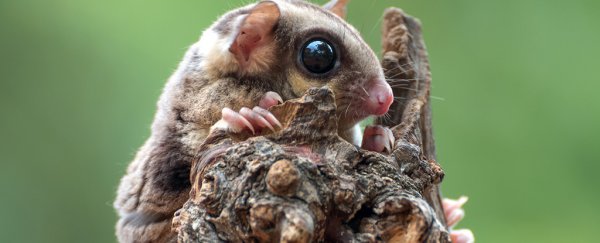Biomass, Vol. 4, Pages 1-22: Laccase and Biomass Production via Submerged Cultivation of Pleurotus ostreatus Using Wine Lees
Biomass doi: 10.3390/biomass4010001
Authors: Georgios Bakratsas Kyriakos Antoniadis Panagiotis E. Athanasiou Petros Katapodis Haralambos Stamatis
Large quantities of wine lees are produced annually by the wine industry. The high phenolic content makes them unsuitable for disposal in the environment or animal feed without a suitable treatment. In this study, wine lees were treated by Pleurotus ostreatus in submerged cultivation, producing a high-value biomass and elevated levels of laccase, an important industrial enzyme. Biomass and laccase production reached 21 g/L and 74,000 Units/L, respectively, at the optimal conditions of initial pH 6.0, 20% v/v wine lees, 30 g/L glucose, and 20 g/L yeast extract, while decolorization and dephenolization rates of the waste were over 90%. The mycelial biomass was rich in proteins and essential amino acids reaching up to 43% and 16% per dry weight, respectively. Carbohydrates and lipids were the second richest bioactive compound in biomass, with values of 29.4 ± 2.7% and 29.5 ± 2.7%, respectively. The crude laccase in the culture supernatant was purified via a simple two-step purification procedure by 4.4-fold with a recovery of 44%. The molecular weight of the enzyme was determined to be 62 kDa via SDS electrophoresis. Enzyme activity was optimal at pH 5.0 and 70 °C. The activation energy of the enzyme was calculated at a value of 20.0 ± 0.2 kJ/mol. The pH stability and thermostability of the purified laccase were studied. The enzyme was remarkably stable at pH 8.0 and at temperatures up to 40 °C. The thermal inactivation energy of the enzyme was determined to be 76.0 ± 1.2 kJ/mol. The thermodynamic parameters (ΔH*, ΔG*, and ΔS*) for the thermal deactivation of the purified laccase at a temperature range of 20–60 °C were: 73.8 ≤ ΔH* ≤ 74.3 kJ·mol−1, 98.7 ≤ ΔG* ≤ 101.9 kJ·mol−1, and −90.5 ≤ ΔS* ≤ −84.3 J·mol−1·K−1. Wine lees could be ideal substrates of fungal cultivation for laccase production and biomass with a high protein content in an eco-friendlier way.

 4 months ago
15
4 months ago
15

